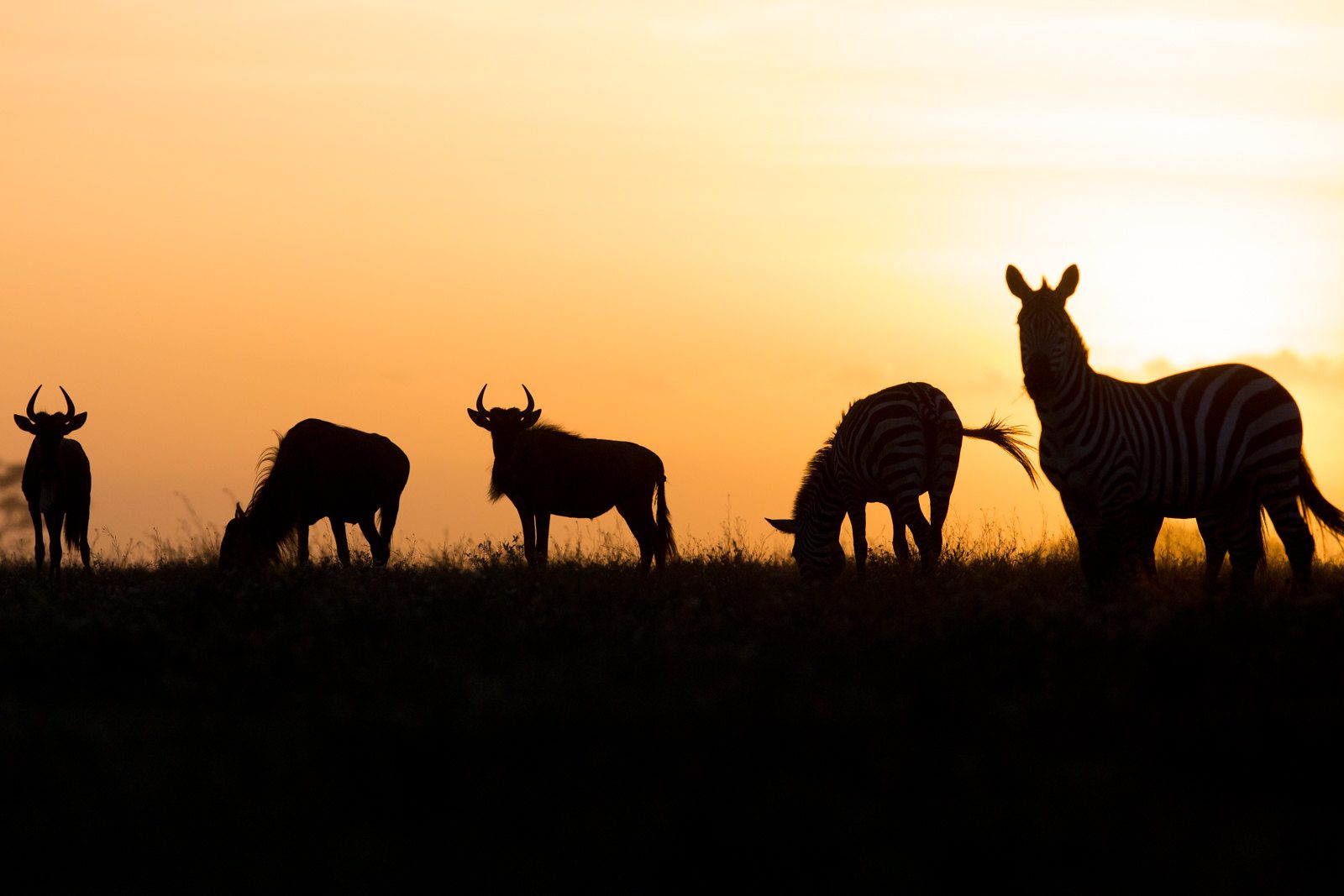
Serengeti Under the Skies Safari 5 Days
Descriptions : The Tarangire National Park, the elephant’s home, is the first stop on this five-day Tanzania safari.
Just 43 miles (70 km) northwest of Tarangire National Park in northern Tanzania is Lake Manyara National Park. The national park spans 125 square miles of land (325 sq km).
The actual Lake Manyara itself occupies 89 square miles (230 square kilometers) of the national park’s boundaries. A Biosphere Reserve, that is. A depression in the Great Rift Valley formed Lake Manyara, a small alkaline lake. The lake is located at a height of approximately 3,150 feet (960 m).
Because the lake is shallow, wildlife can easily traverse the entire body of water. The lake’s maximum depth, even during the rainy season when it is at its fullest, is only 12 feet (3.7 m). The lake stretches 25 miles (40 km) wide by 9.3 miles (15 km) long during the rainy season.
The deepest point is typically 10 feet (3.0 m). The average depth, though, is only about 2.8 feet (0.81 m). The lake is surrounded by marshes, saline flats, and grasslands. Near the park’s entrance is a small forest with fig and mahogany trees. Within the park’s boundaries, baobab trees are also present.
Sycamore fig, forest toad-tree, Acacia, and the palm Phoenix line the streams that flow into the lake. The varied terrain includes alkaline lake, swamps and marshes, grasslands, and woodlands. Strong water sources in the area have allowed for the growth of large fig and mahogany trees, which beautify the landscape.
The park’s land area is a small sliver of land located between Lake Manyara and the Gregory Rift Wall, which is to the west. This is a fantastic location for wildlife because of the marshes, grasslands, and open lake.
The park contains over 670 different species of flowering plants in addition to its wildlife. Ferns are also widespread, adding to the region’s stunning flora. The region is traversed by the migration of wildebeests, zebra, Thomson’s gazelles, and Grant’s gazelles.
Bushbuck, baboon, buffalo, badger, elephant, giraffe, warthog, and zebra are a few of the other animals. African wild cat, African golden cat, bat-eared fox, cheetah, civet, hyena, jackal, lion, and leopard are a few of the predator species. Lions that can climb trees reside in Lake Manyara, which is one of the wildlife’s distinctive characteristics. There are many buffalo, with some herds reaching over 300 animals.
The large population of flamingos in Lake Manyara National Park is well-known. The shallow alkaline lake is used by an estimated 1.9 million flamingos to feed on algae. The total population of water birds is estimated to be around 2.5 million, including a sizable population of diverse water birds. The park is home to over 30 different species of bird predators.
It is a haven for bird watchers. There are over 390 species of birds in total, 40 different species of predatory birds, a lot of flamingos, and waterfowl.
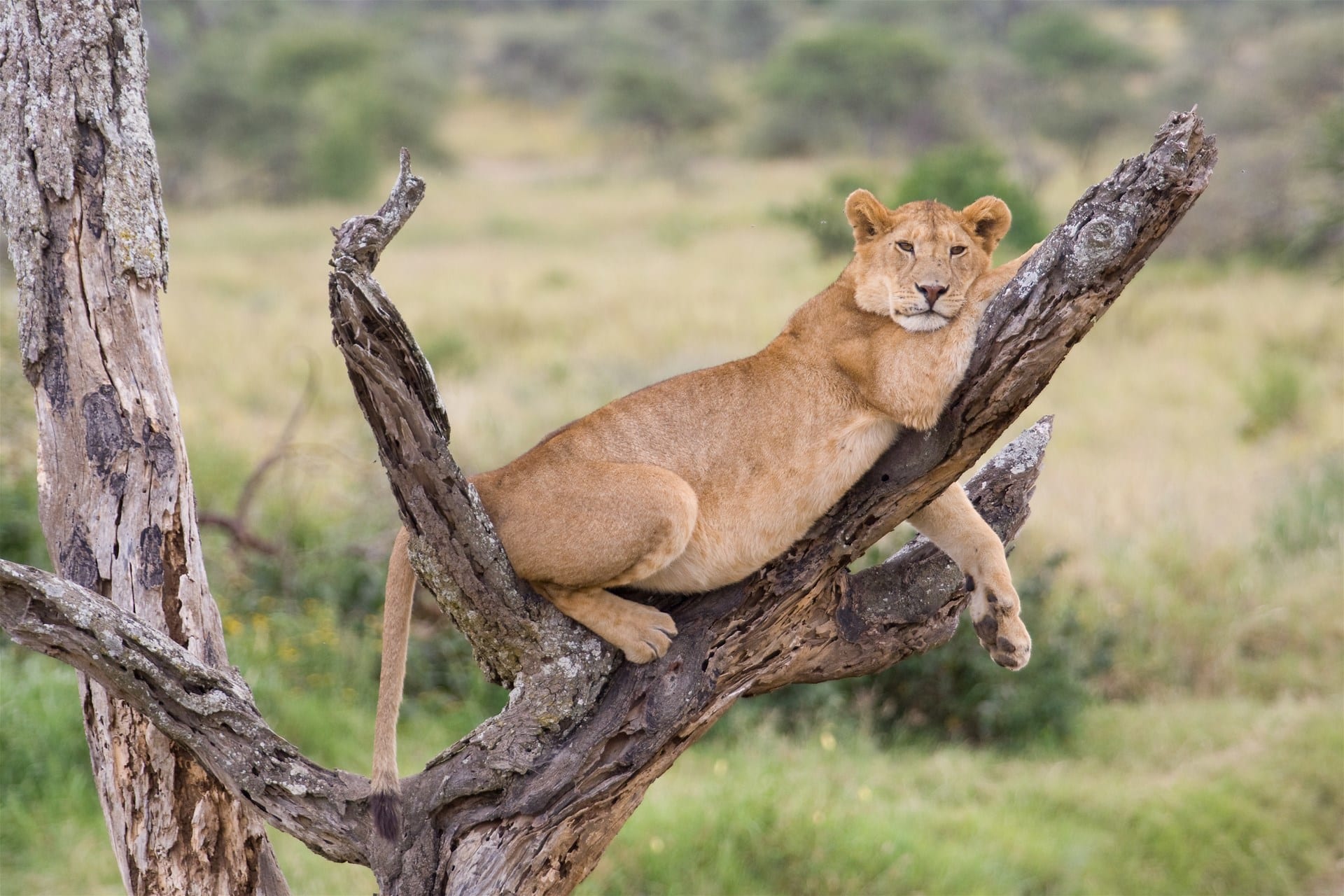

Descriptions : The Tarangire National Park, the elephant’s home, is the first stop on this five-day Tanzania safari.
Welcome to Velam Tour & Safaris Your Tanzania Adventure Starts Here! Our main purpose is to exceed our
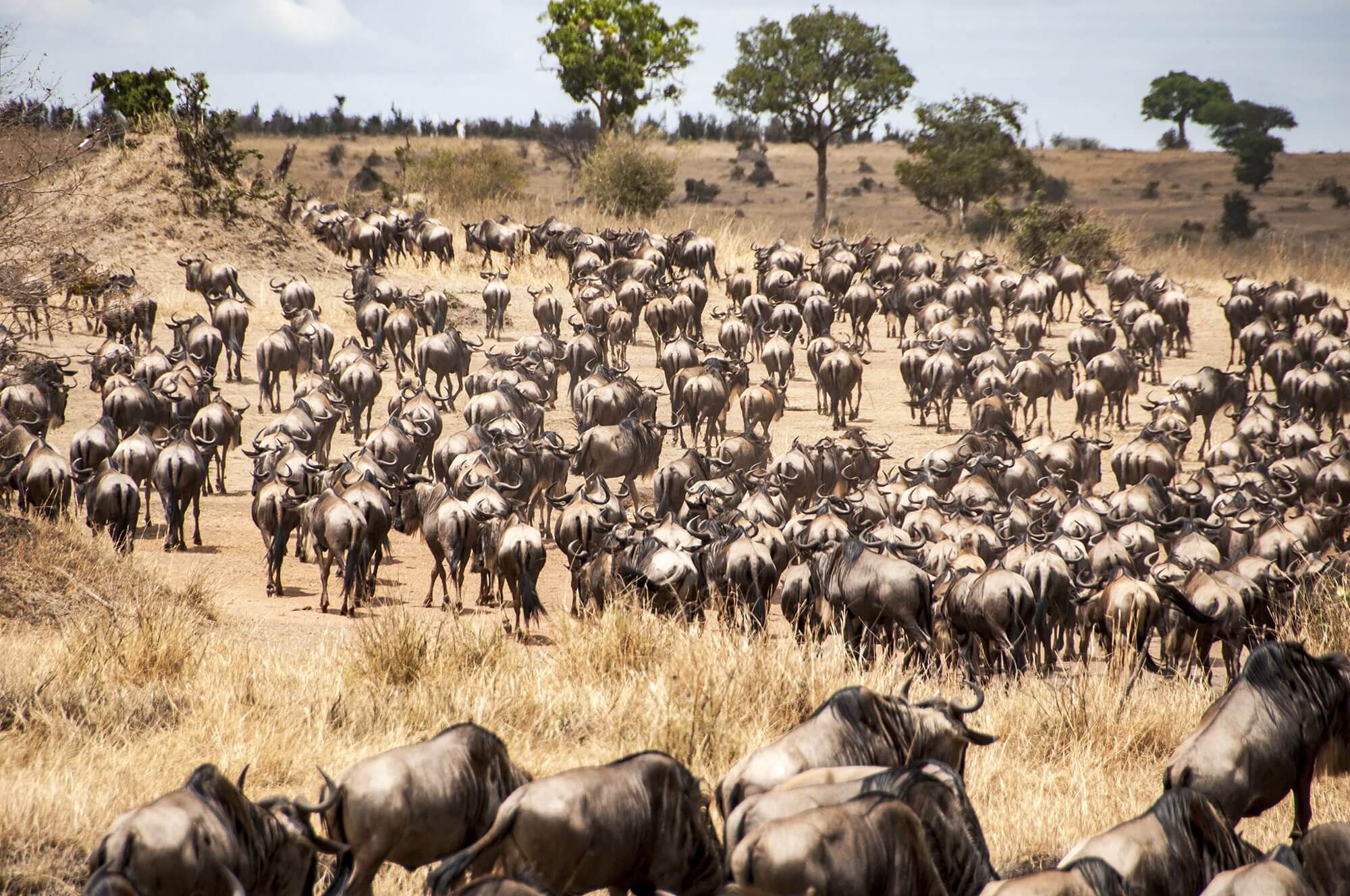
Tanzania’s Great Migration; searching for the Serengeti’s wildebeest migration An exciting and adventurous journey centred on Tanzania’s Great
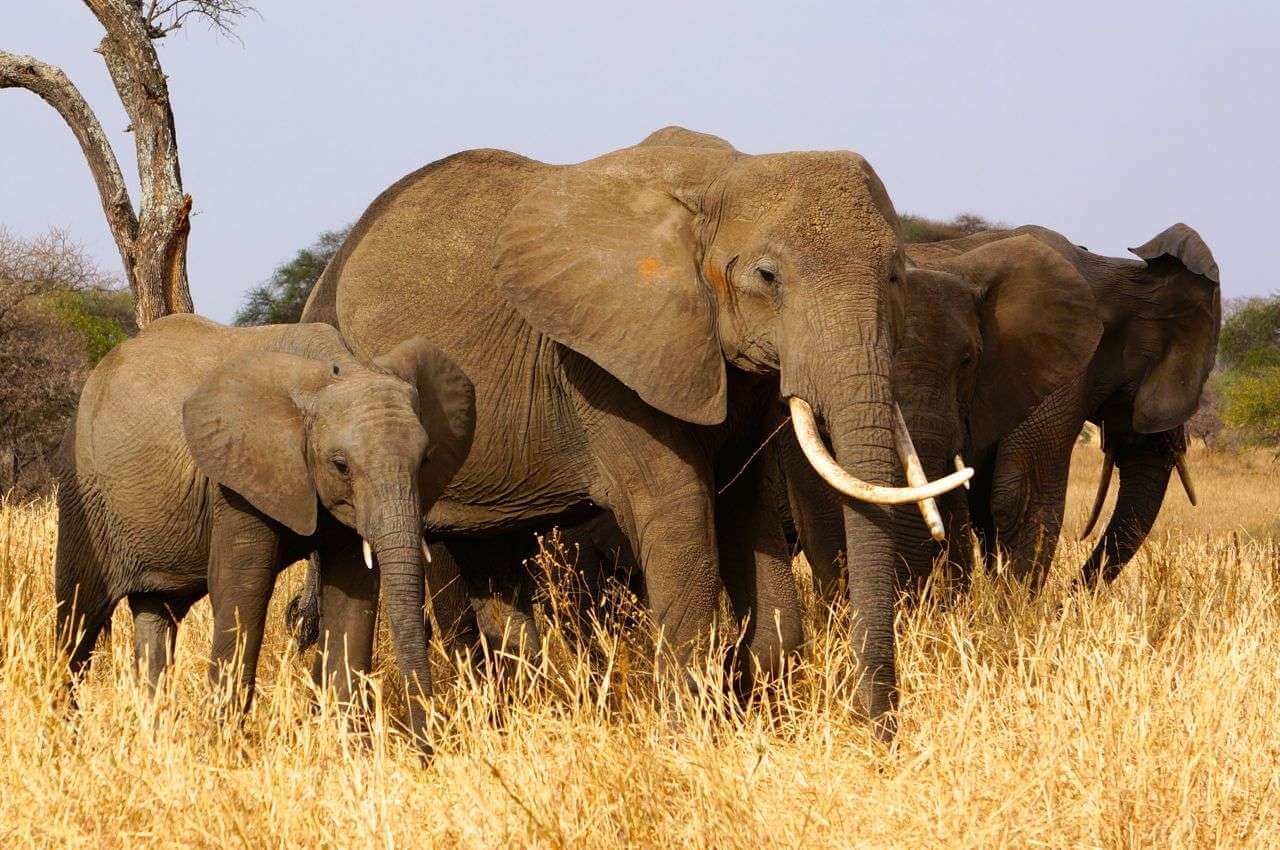
Descriptions : 7 Days Tanzania Exclussive Safari ; This amazing safari will take you to the top safari
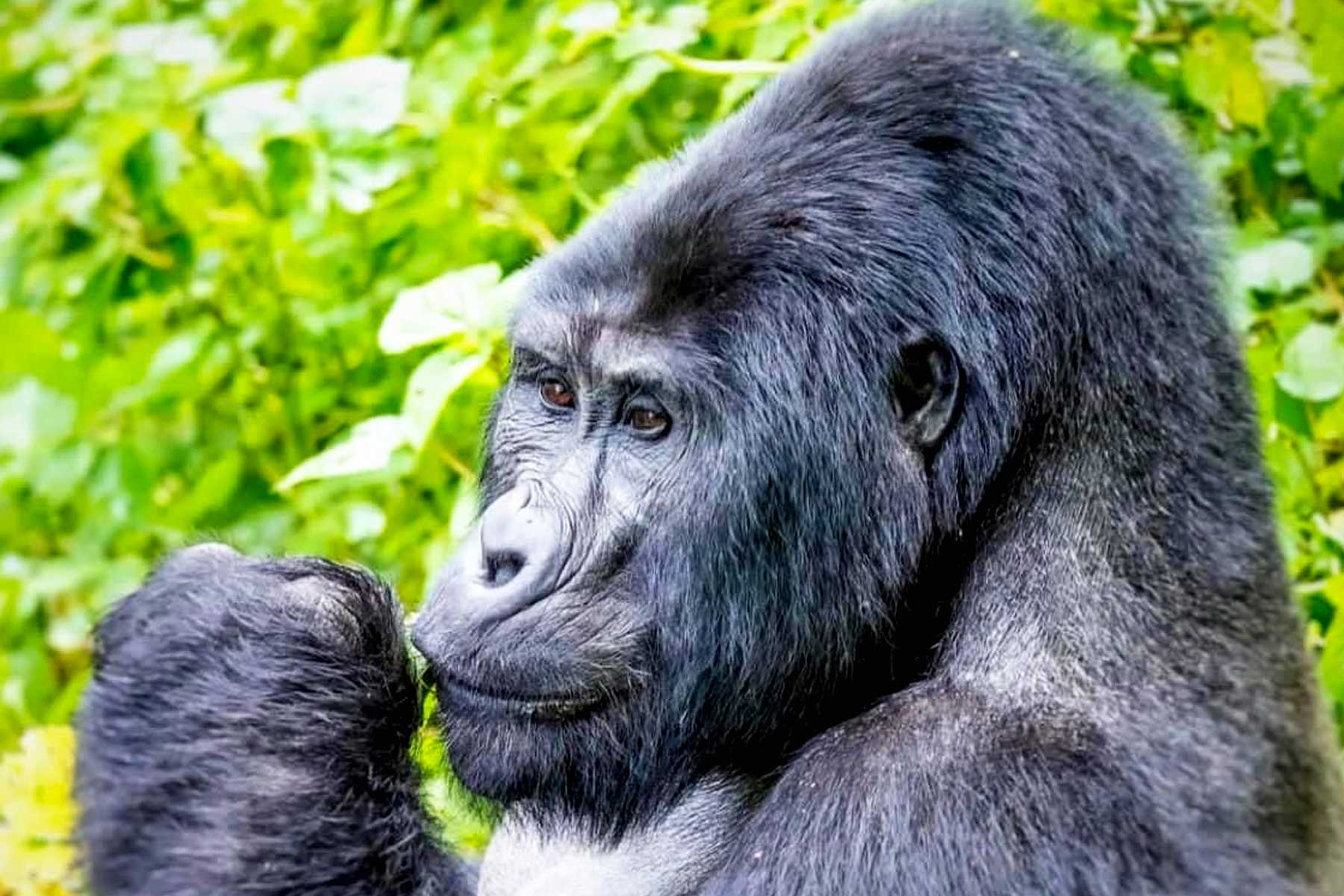
Descriptions : Embark on a 6-day adventure through Rwanda’s most iconic wildlife habitats. This journey takes you from